- Modern Abstract Art the Perfect Wall Art
- Modernist Abstract Art - Your Preferred Design

- 09 October '19
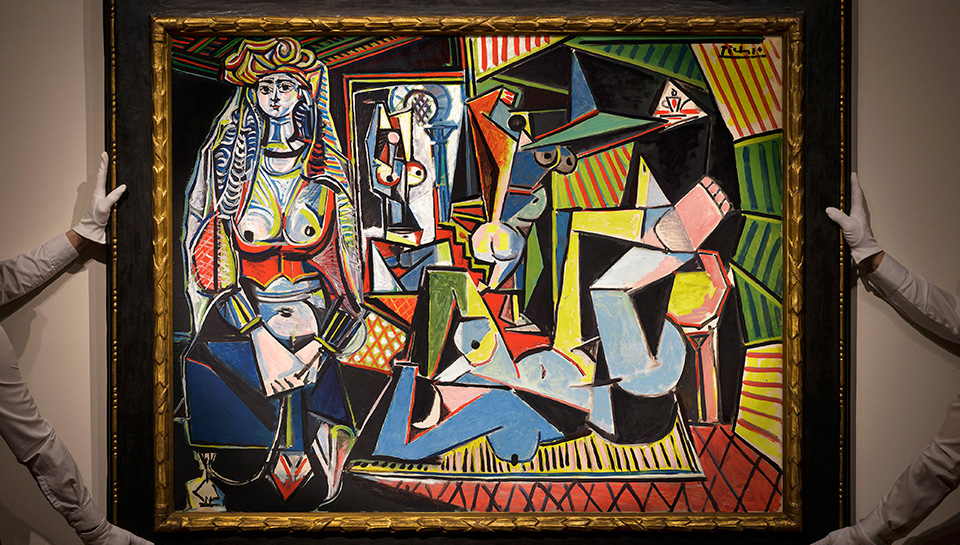

by Alexandra Osadkova
09 October '19Modern Abstract Art the Perfect Wall Art
Modern Abstract Art Meaning
Do you understand what we mean if we speak about modern art? A lot of men and women believe that they do. They may say, "abstract art" or artwork that "reveals feelings instead of things". Well, aside from the previous remark, all those descriptions might be authentic. But in rigorous provisions, we do not specify modern artwork by style or technique. So, how can we define modern artwork?
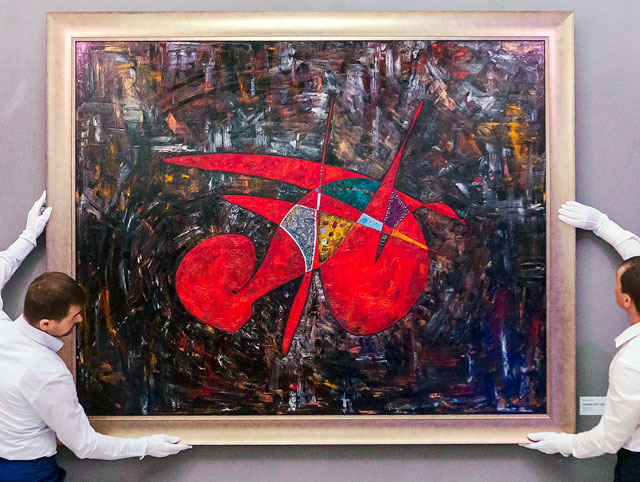
This age is distinctive because most artists worked in fresh and fascinating ways that challenged traditional notions about what art is. It is a fact that several of these fresh, revolutionary artists explored the possibilities of utilizing artwork not just to create representations of things, landscapes, and people but as a means of expressing emotions, atmospheres and fantasies. Additionally, it is a fact that lots of the methods they devised might appear primitive or even arbitrary initially. A number of these artists were concerned with researching the options of the substances themselves without needing to express or signify anything. Now, abstract painting is regarded as a crucial style contained inside the Modern Art movement. Pioneered by most famed 20th-century painters and renowned because of its daring aesthetic, the abstract genre reflects a critical moment in modernism.
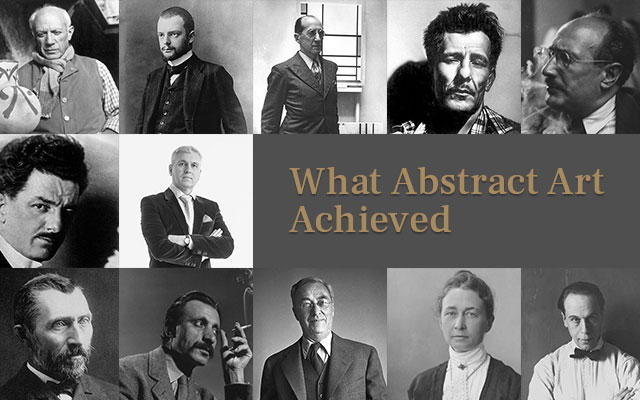
As a catalyst for modern artwork, the abstract painting made the "principles" of conventional artwork. As opposed to concentrating on figurative and symbolic depictions, abstract painters emphasize color, composition, and emotion. In the same way, rather than focusing solely on the finished works, these artists put significance in the procedure. We investigate these important characters, paying special attention to their specific styles, differing perspectives, and enduring contributions to abstract artwork. Modern abstract artwork speaks into the modern soul.
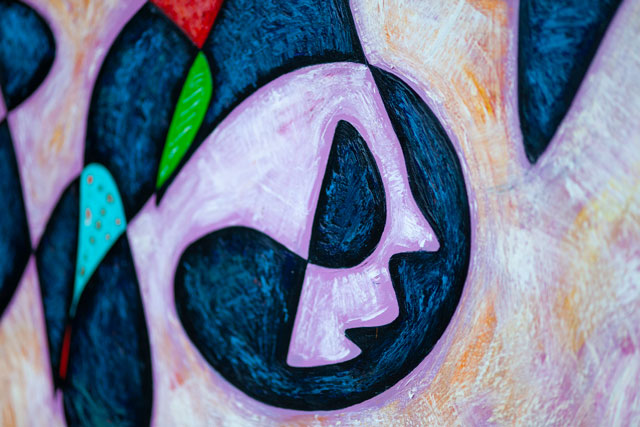
If you would like to paint abstract art and you have never done it before, it can help to spot the design that you'd love to create. How would you like your contemporary abstract art to seem?
Some people naturally gravitate towards bustling, active paintings with a lot of colors and details. Other men and women feel overwhelmed with these fashions and instead favor the quiet ease of a monochromatic color field painting. It is tempting to find that the years 1912--25 and 1947--70 since both golden ages of abstract art, and also to believe that the current revival of abstraction isn't any more than a silver era. However, the gift is deceptive: it wasn't clear for their contemporaries which Malevich, Mondrian, and Pollock were the towering giants that they appear to us in retrospect. The truth is, there's an extensive number of great abstract art being created now, and also the best of it's every bit like the very best abstract art of yesterday.
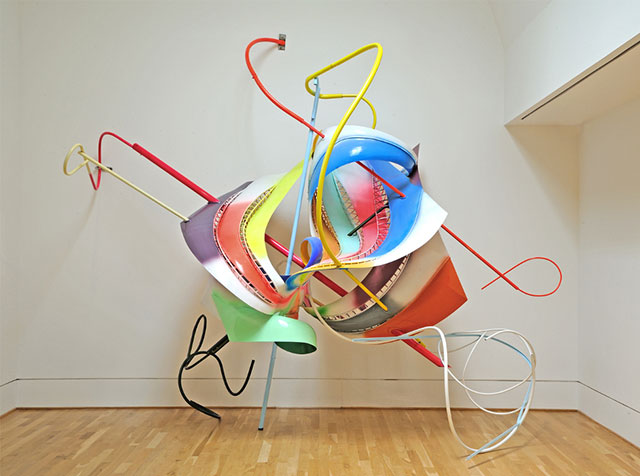
The golden era of abstraction is right today.
Museums and art facilities have recently been shooting a remarkable fascination with abstract art, present, and past. How can we make sense of this action in a kind of artwork that has been announced dead 40 decades back? I feel the most useful means to understand abstraction isn't in terms of its formal development (that doesn't, regardless, match the linear models beloved of theoreticians) however in terms of thematic content. The formal attributes of an abstract sculpture or painting are essential not in themselves but within their job's expressive message. Artists operate by reviving and changing archetypes in the unconscious of contemporary culture.
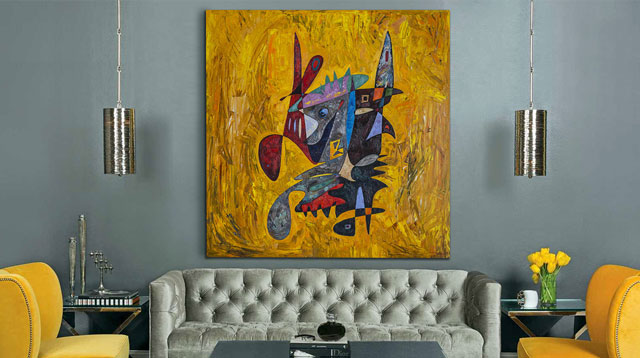
Consequently, the most useful questions to inquire about modern abstract sculpture or painting are: What topics and types do it recover in the custom of contemporary art? How are they changed? And has the artist used them to express the political, social, and religious experience of our time?
Now, Russian painter Wassily Kandinsky is renowned as an overriding pioneer of this abstract genre. Kandinsky's clinic was ordered by "internal necessity" - a theory that called for musicians to become "blind to 'recognized' and 'unrecognized' type, deaf to the teachings and needs of his period." This daring strategy culminated in compositions which forewent figurative types for geometric shapes, floating lines, and vivid colors.
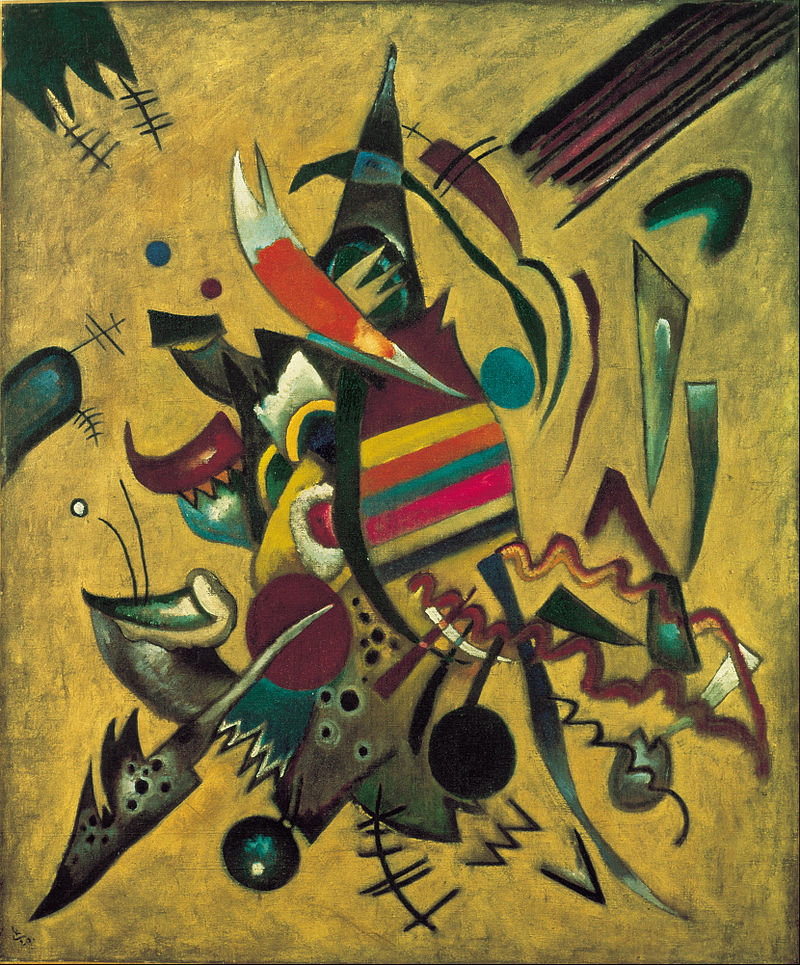
De Stijl, also called neoplasticism, centered on the simplification of tone and form - specifically, on using lines and primary colors. This cosmetic pair has been inherent to Mondrian's clinic, as he thought that "what's expressed through connection. Shade can exist through different colors, measurements through other measurements, place through other places that oppose them. That's the reason why I respect connection as the main thing"
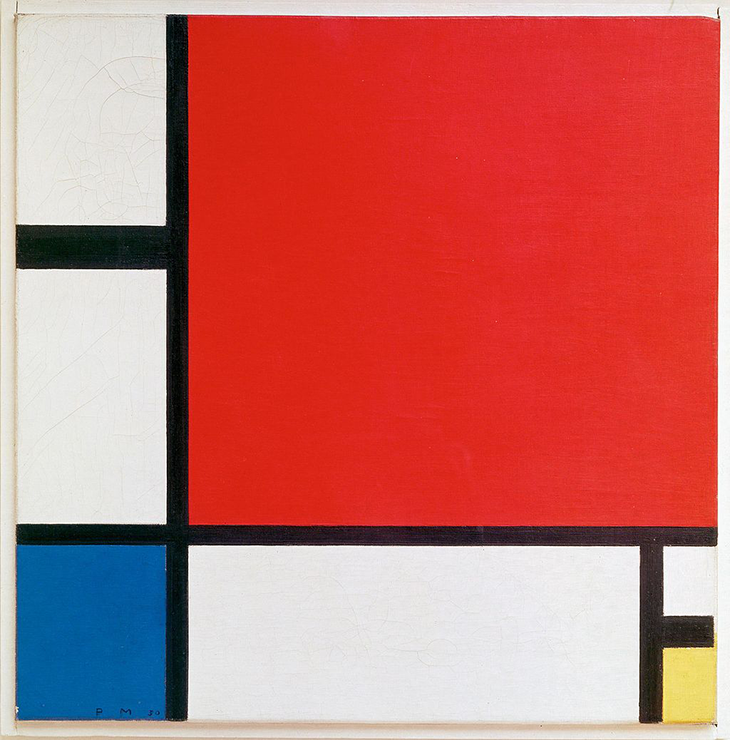
American artist Jackson Pollock played a significant part in the growth of Abstract Expressionism, a postwar movement characterized by spontaneous production, lively composition, and gestural paint program. To make his iconic action paintings, Pollock would trickle, pour, and dab industrial paint on large-scale canvases strategically placed on the ground. It ranges from black pieces which perform with negative distance to vibrant compositions filled with vigor, his paintings exemplify his evolving aesthetic.
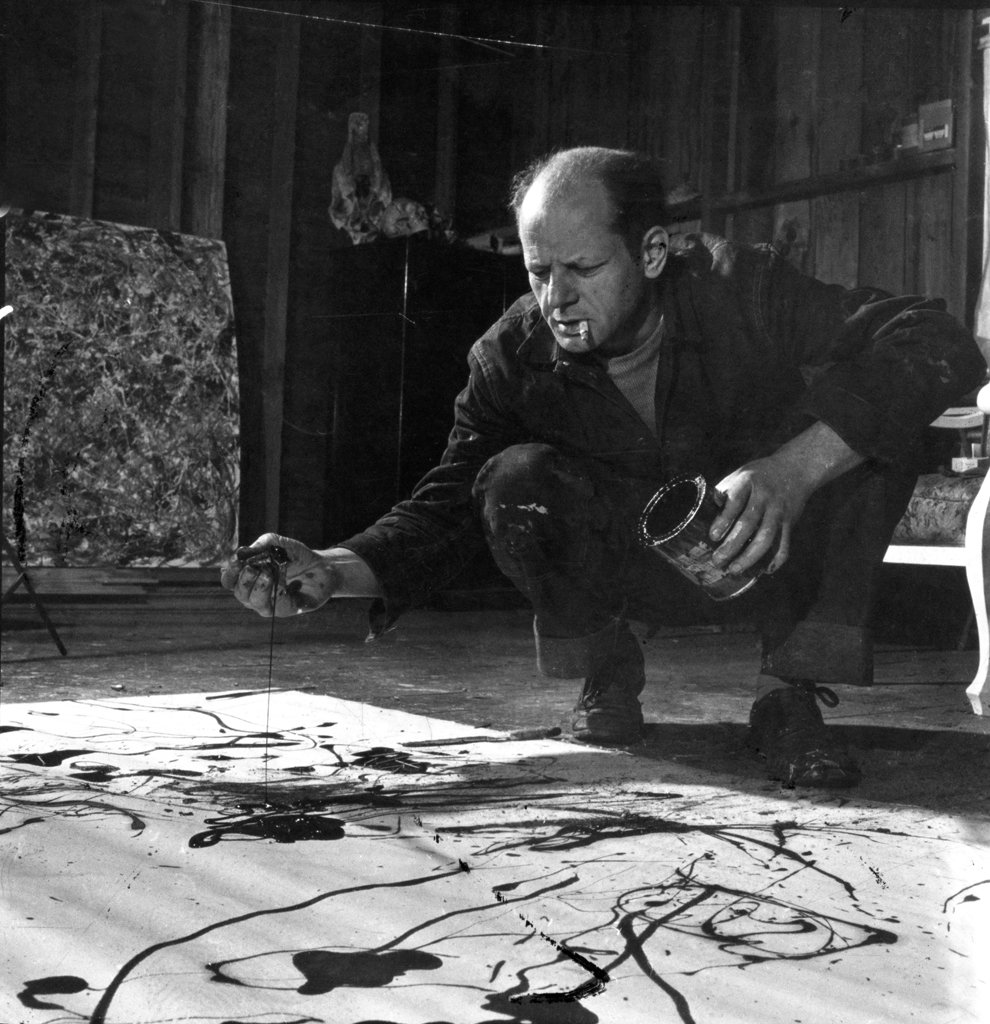
Most of us know of Pablo Picasso. Maybe no other contemporary artist has caught the public imagination in the same manner. Picasso was the main artist in a group called The Cubists. Another famous cubist has been Georges Braque. The most important thought behind cubism was supposed to attempt to'see' things from every possible angle at precisely the same time and present this in images. They utilized straight lines and mixes of two-dimensional surfaces to make this illusion. A lot of the resulting images seem ineffective and confusing but also encourage the viewer to observe those items in a fresh light. The cubists worked in several media, including painting, sculpture, and collage. They'd often include 'found objects' like driftwood, bike components or old envelopes in their work. They influenced them from the emerging field of psychoanalysis (the beginnings of modern psychology) they believed that the"subconscious mind" exerted a fantastic impact on people's ideas and behavior.
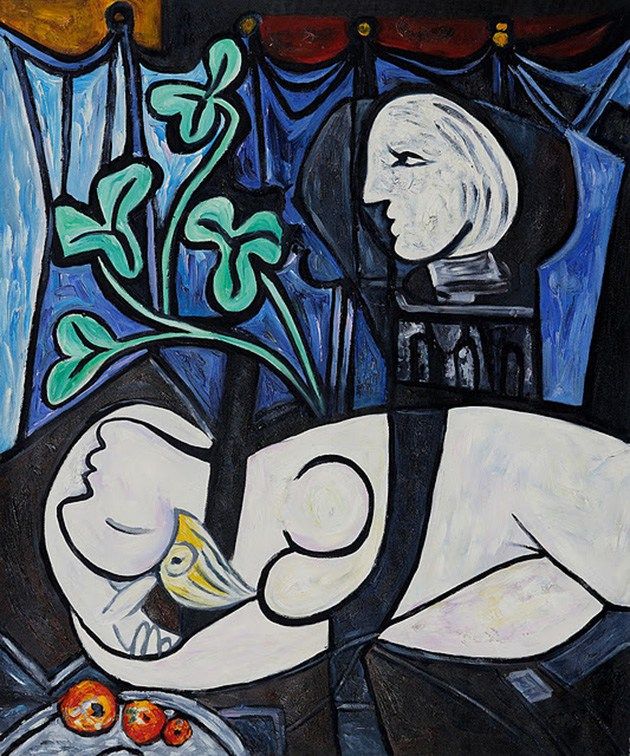
Design styles aside, most people can agree that no space is complete without art. The good news? There’s plenty of great painting, prints, and more to be found if you know where to look. While art sales once revolved mainly around high-profile auctions and blue-chip gallery sales, the internet age has ushered in a slew of online retailers looking to make this ever-growing market accessible to a wider range of buyers.

